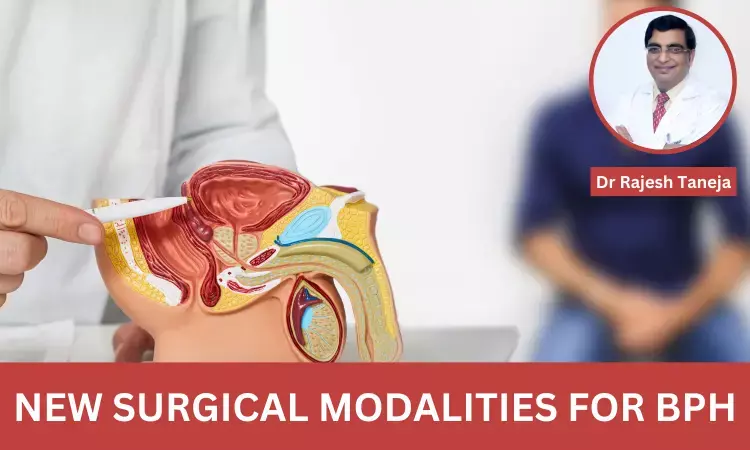- Home
- Medical news & Guidelines
- Anesthesiology
- Cardiology and CTVS
- Critical Care
- Dentistry
- Dermatology
- Diabetes and Endocrinology
- ENT
- Gastroenterology
- Medicine
- Nephrology
- Neurology
- Obstretics-Gynaecology
- Oncology
- Ophthalmology
- Orthopaedics
- Pediatrics-Neonatology
- Psychiatry
- Pulmonology
- Radiology
- Surgery
- Urology
- Laboratory Medicine
- Diet
- Nursing
- Paramedical
- Physiotherapy
- Health news
- Fact Check
- Bone Health Fact Check
- Brain Health Fact Check
- Cancer Related Fact Check
- Child Care Fact Check
- Dental and oral health fact check
- Diabetes and metabolic health fact check
- Diet and Nutrition Fact Check
- Eye and ENT Care Fact Check
- Fitness fact check
- Gut health fact check
- Heart health fact check
- Kidney health fact check
- Medical education fact check
- Men's health fact check
- Respiratory fact check
- Skin and hair care fact check
- Vaccine and Immunization fact check
- Women's health fact check
- AYUSH
- State News
- Andaman and Nicobar Islands
- Andhra Pradesh
- Arunachal Pradesh
- Assam
- Bihar
- Chandigarh
- Chattisgarh
- Dadra and Nagar Haveli
- Daman and Diu
- Delhi
- Goa
- Gujarat
- Haryana
- Himachal Pradesh
- Jammu & Kashmir
- Jharkhand
- Karnataka
- Kerala
- Ladakh
- Lakshadweep
- Madhya Pradesh
- Maharashtra
- Manipur
- Meghalaya
- Mizoram
- Nagaland
- Odisha
- Puducherry
- Punjab
- Rajasthan
- Sikkim
- Tamil Nadu
- Telangana
- Tripura
- Uttar Pradesh
- Uttrakhand
- West Bengal
- Medical Education
- Industry
Newer Surgical Modalities To Treat Benign Prostatic Hyperplasia - Dr Rajesh Taneja

Benign prostatic hyperplasia (BPH) is a medical condition in men where the prostate gland is enlarged and blocks the urethra. In India, benign prostatic hyperplasia is common in elderly men, those aged above 60 years, with an incidence of 92.97% - 93.3%. BPH symptoms are similar to prostate cancer symptoms. However, BPH isn’t cancer and doesn’t increase the risk of developing cancer. It won’t spread to other parts of the body. Treatment options include medicines, surgery, and minimally invasive procedures.
There are several options available to treat BPH that are prescribed based on the patient’s condition. For some patients, medications might be recommended; for others, surgical options are more suitable. The best approach for treatment is based on the patient’s age, overall well-being, underlying cause, and severity of BPH.
Traditionally, transurethral resection of the prostate (TURP) has been considered one of the best surgical treatment options for BPH. In many cases, patients have experienced relief from symptoms, improved flow rate (urine), and reduced post-void residual urine. However, clinically, there are concerns regarding its efficacy and safety outcomes, as it may lead to intracapsular perforation, TUR syndrome, a higher risk of bleeding, blood transfusions, etc. With the advancement in medical technology, various new surgical techniques have been developed to improve the efficacy of the treatment and reduce TURP-related complications.
In the last decade, growing interest in BPH surgical treatment has focused on endoscopic prostate laser enucleation techniques, which are recognized to be more effective than classical monopolar TURP or open prostatectomy (OP) and to have lower complication rates and blood loss in patients.
Newer Surgical Modalities: Prostatic Laser Removal Techniques
[Holmium laser enucleation of the prostate (HoLEP) of 100 W/120W and Thulium laser enucleation of the prostate (ThuLEP) of 110 W] are two [most common] endoscopic enucleations of the prostate techniques. Both lasers are appropriate for endourological applications since they are absorbed by water, with a tissue penetration depth of 0.4 mm for the holmium laser and 0.25 mm for the thulium laser. The fundamental distinction is that holmium emits pulsed energy, whereas thulium emits a continuous laser wave. [However, some Holmium Lasers in recent times come with more versatility to modulate pulse and hence control tissue penetration depth avoiding complications.
The first representation of HoLEP was done almost 20 years ago, and today, this approach is recognised as the gold standard for BPH surgical treatment globally, with the European Association of Urology (EAU) and American Urological Association (AUA) guidelines recommending it as a first-line treatment. The existing literature shows that ThuLEP can achieve similar outcomes when compared to HoLEP in terms of efficacy and safety. ThuLEP is known to have a sort of ‘eschar-like’ effect on the surface of the incised tissue owing to its physical proprieties, which contrasts with the ‘scar-free’ quality of HoLEP tissue. Holmium Laser has got more clinical evidence and has been in use by Urologists for a few decades now.
Surgical interventions are an appropriate treatment alternative for patients with moderate-to-severe lower urinary tract symptoms (LUTS) and for patients who have developed acute urinary retention (AUR) or other BPH-related complications to pursuing the most effective therapy as a primary treatment if their symptoms are particularly bothersome. Without treatment, BPH can cause further blockage in the urethra, and symptoms may worsen.
Disclaimer: The views expressed in this article are of the author and not of Medical Dialogues. The Editorial/Content team of Medical Dialogues has not contributed to the writing/editing/packaging of this article.
Dr Rajesh Taneja MBBS, MS (Surgery), MCh (Urology) is a senior Consultant and Advisor in Urology Andrology and Robotic Surgery at Indraprastha Apollo Hospitals, New Delhi. He has over 37 years of experience in Urology. he specialises in HoLEP, Robotic assisted urological surgeries and more. He is the only Asian urologist to treat Interstitial Cystitis (Bladder Pain Syndrome) using a holmium laser with very good results. He is a founder fellow of the Geriatric Society of India and is an active member of the Delhi Urology Society. He is the Joint Secretary of “Andrology India” and is on the executive board of “The Indian Andropause Society”.


